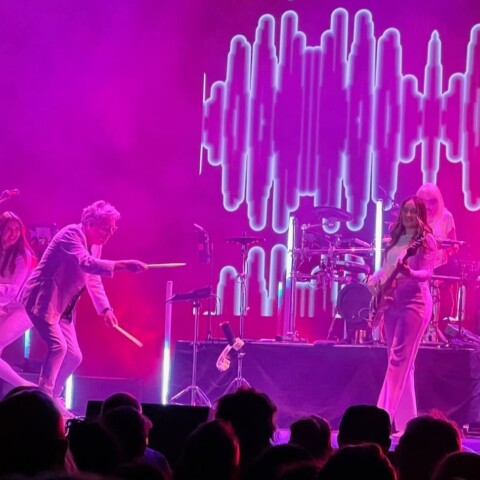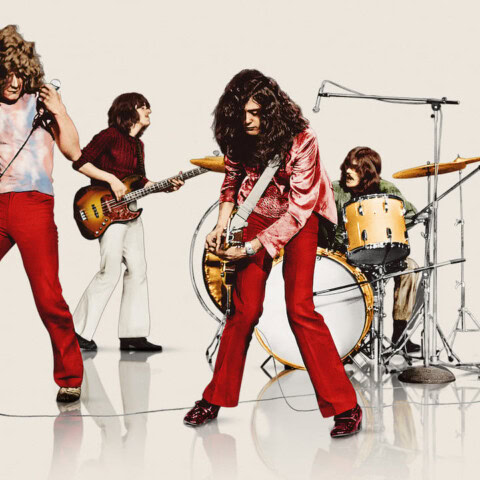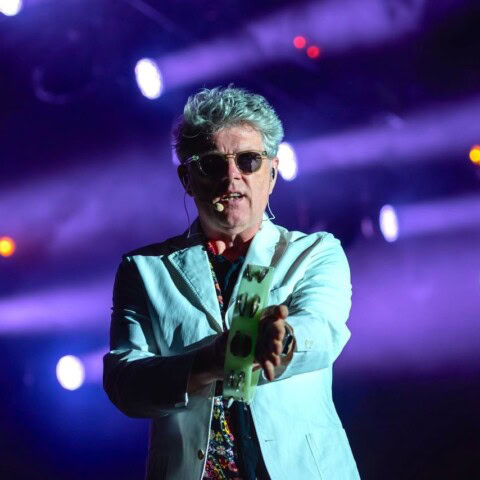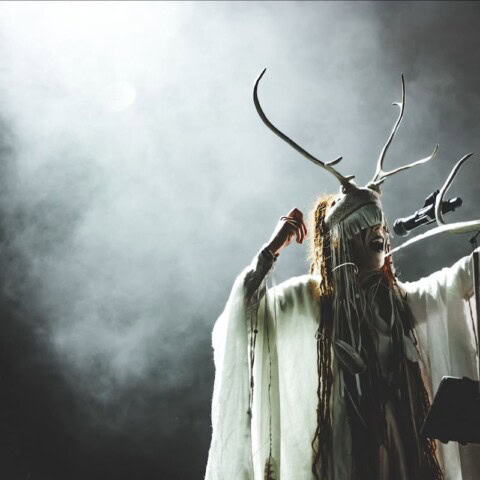 CALL ME ANCIENT, but it’s the small things in life that give me the most pleasure as I enter the middle of my middle years.*
CALL ME ANCIENT, but it’s the small things in life that give me the most pleasure as I enter the middle of my middle years.*
Happily, I was able to leave the cats and chickens fending for themselves last night, and head into town on a rare excursion to witness a concert that was all about small: small audience, small venue, but more importantly, small musical gestures.
The occasion? Auckland-based New Music ensemble 175 East in a programme designed to show off Los Angeles-based violinist Mark Menzies.
Menzies, like the members of 175 East, comes from a classical background, which gives the necessary disciplinary conviction and musical skills to navigate compositions that are often hellishly complicated.
I’ve been reviewing the gamut of ‘popular music’ for around 35 years, and this includes the more experimental flows and eddies, the wider diaspora of so-called (but not really very) popular music, and I have developed a vocabulary with which to describe what I’m listening to. I’m ill-equipped, however, to find a language or terminology with which to describe classically-derived New Music or, as former 175 leader, sometime composer and conductor James Gardner** would probably prefer to call it, “21st Century dots on paper music”.
Not only don’t I have the language to describe this music, I don’t even understand a lot of what’s going on.
The two elderly biddies sitting behind me last night (probably, in retrospect, only 10 years older than me) clearly felt the same way, and they wanted everyone else to know how dissatisfied they were with the proceedings. As the first set of performers took the stage, the biddies were talking about how fabulous last week’s Cliff Richard show was, and during the evening they loudly punctuated the performance with intentional coughing, loudly opening sweet wrappers, and ongoing banter, such as the line: “I feel like shouting out ‘play us a tune’” or “boring, isn’t it?” or “don’t do that, I’ll get the giggles”, or “shall we leave now?” [Yes! Please!]
I think the biddies (and one harried husband) had been accidentally teleported from the studio audience of NZ’s Got Talent. Whatever the case, they failed to realise one really important fact: the Musgrove Studio (a small venue-within-a-venue of the Auckland University’s Maidment Theatre) is great for acoustic music because it’s a very “live” sound environment. As far as I could tell, there was no amplification of instruments, but in this intimate space, the audience could hear even the smallest musical gestures, providing they had the good grace to remain silent. What this meant was that noise from the audience carried just as much as sounds from the stage.
Part of me was enraged by this errant, unsympathetic and insensitive behaviour. Has it really got to the point where we can no longer distinguish the difference between a live performance and watching TV; where our senses are so dulled that we can’t participate in a musical dialogue as deep listeners?
Another part of me viewed the interruption as an experimental mini-sound event. It could almost have been a part of the programme, and in fact, a composition based on audience insensitivity involving sound effects from the seats could make for engaging sound art. At least no cellphones went off.
For me, the evening was a small revelation. It reminded me of why I got into music in the first place, and what drew me back to listening to music: the challenge of hearing something new, not nostalgia for repeat-listening to something merely comforting.
Menzies gave interviewer William Dart some great lines in the piece he wrote about the show for the NZ Herald.
‘Menzies realised early on that he was not destined for “the endless replication of a very limited (classical) repertoire, which is what most soloists do.” ‘
And:’ “When I hear Brahms with the LA Philharmonic, I’m observing a lot of people in the audience seeking reassurance that the world is an orderly, civilised place.”
Which says it all, really: New Music (for want of a better banner) is not reassuring. Instead, it offers the listener a challenge. In fact, not just a challenge singular, but a whole set of challenges, sometimes within one composition.
It turns conventional notions of melody on their head, and invites the listener to question their own relationship to music.
I bet if a survey was conducted, it would be revealed that most listeners of New Music would be fellow musicians, and that most of those fellow musicians were also composers or performers of New Music. And I bet that’s because it’s a music that is a bit like a musical obstacle course, and that you really have to understand the fundamentals of music and composition to understand what the composer and performer intended. That doesn’t mean, as many would contend, that it’s music for elitists.
In fact, makes me want to learn more about what makes music tick: something I should have taken some formal interest in many years ago, but was always frightened away by the journalistic need to connect to my readership. That is, if I get too knowledgeable about those little dots on paper, my fear is that I will fail in my job to give my readers a distillation of the experience; a canny simplification.
But enough of that. Without upskilling myself technically, I may not have the tools to completely understand what happened last night at the 175 East/Mark Menzies concert, but I can still get off on the music.
For me, Samuel Holloway’s ‘Management Decision-Making In Chinese Enterprises’ was the least successful performance, mainly because part of it involved a laptop/violin improvisation (the structures of this composition are set, but the sounds are unspecified), and there’s always something unsatisfying about someone fiddling with pre-set computer music programmes while someone else fiddles in real-time. Holloway produced some rather fetching sounds on his laptop, but they sounded disengaged next to Menzies’ endlessly tweaked subtleties, and there was the feeling that Menzies lacked anything genuinely kinetic to react to.
The most challenging segment was James Gardner’s ‘Queer Studies’: three violin miniatures written specifically for Menzies, where at times the statistical density was almost overwhelming. I found myself wondering how in heck pieces like these can be notated effectively on paper, such is the incredibly minute gradations of texture, pitch, attack and timings on the catgut. These pieces are as demanding on the listener (well, almost…) as they are on the performer, and they’re packed with surprise. I’d like to hear recorded versions, so I could concentrate on the musical values alone, and get rid of the picture of an animated Menzies sawing away in his uncharacteristically unsubtle jersey.
But this isn’t supposed to be a review, so much as a reflection on an evening’s entertainment, so I’ll stop there.
Suffice to say that, apart from Gardner’s violin studies and Menzies’ own rather florid finale, most of the programme was very quiet, and the prevailing theme was one of minute variations on repetition. It never descended into the realm of minimalism, because it wasn’t riff-based, but played off hidden depths in textural complexity and nuance. I particularly enjoyed Rachael Morgan’s ‘Whisperings’ (which the programme notes accurately describes as “focusing on the delicate quality and character of whispering harmonics… and elusive sounds”) and Laurence Crane’s ‘Estonia’, which sounded as though it had stripped out all the elements of a conventional composition, leaving just some resonant chords with which to weave some magic. GARY STEEL
* I turn 54 on Friday, February 8, for those of you who want to pretend you remembered and garland me with praise and money, or pay for the furtherance of my music education.
** Disclosure: James Gardner is a close friend of the author. Not that the fact would ever, in any way, give bias to his honest opinions.














